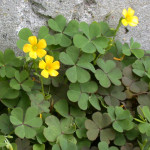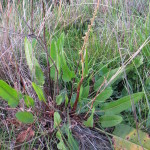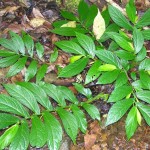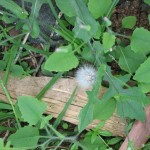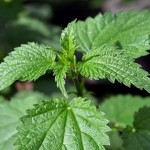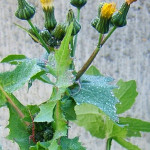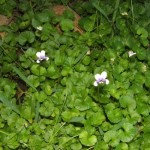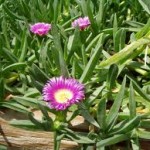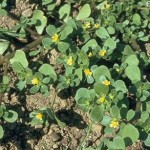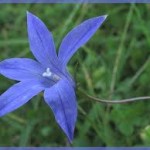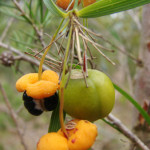- Yellow Wood Sorrel
- Wild Rhubarb
- Cotton Tree
- Rainforest Spinach
- Purple Emily
- Stinging Nettle
- Milk Thistle
- Native Violet
- Pigface
- Pigweed
- Bluebell
- Wombat Berry
Rainforest Spinach is a perennial herb which grows along rainforest streams right along the waters edge. Closely related to the Stinging Nettle, it has bright green succulent stems and roughly textured, strongly veined, dark green leaves. The succulent young leaves and leafy tips can be boiled. They taste rather like beans. If you have a moist shady position in your garden you can grow it or it makes an excellent container plant.
Stinging Nettles require careful handling if you plan on picking them. Once cooked they lose their sting. Only use the young shoots and tips.
Stinging Nettle’s high iron-content makes it the best blood-building herb for people with anaemia and other blood disorders. This herb is also an excellent blood cleanser and is strongly recommended for treating acne and eczema. If used regularly over the long-term, stinging nettle can be extremely helpful in managing rheumatism and arthritis. It’s a good remedy for the urinary tract and may also be taken for allergies such as hay fever – and it a good hair tonic…Hilda Hemmes (Australian Herbalist)
Wild Rhubarb (Dock) is a leafy perennial herb native to Australia, and is widespread and thrives in neglected vegie patches or along roadsides in well watered situations. Perennial, its leaves can be used as a salad green or you can boil them. The stems can be stewed just like Rhubarb.
Purple Emily is a soft thistle-like plant with small purple topped flower heads. The whole of the plant may be eaten.
Cotton Tree is a large tropical and subtropical tree whose young leaves are edible.
Yellow Wood Sorrel is a small creeping perennial with clover like leaves and yellow bell shaped flowers. The leaves and flowers have a sharp lemony flavour.
Pigweed is a prostrate annual with fleshy wedge shaped leaves on succulent branching stems. The leafy shoots and young stems taste like lettuce.
Milk Thistle, upright hollow stemmed with soft blue-green leaves and bright yellow flower heads, its young leaves and shoots can be eaten cooked or raw and taste like endive.
Pigface is prostrate with thicky fleshy grey-green leaves and large pink flowers with yellow centres. You can squeeze the pulp out of the reddish fruit to add a salty flavour to your salads.
Wombat Berry is a slender twining plant with bright green leaves and white or pale pink flowers. It bears bright orange fruit containing black seeds embedded in white coconut flavoured pulp. The tuberous roots can be boiled in water with a little salt and taste like potato.
Native Violets – flowers and leaves add a touch of colour to a salad.
Bluebells – pretty blue colour to salad.

